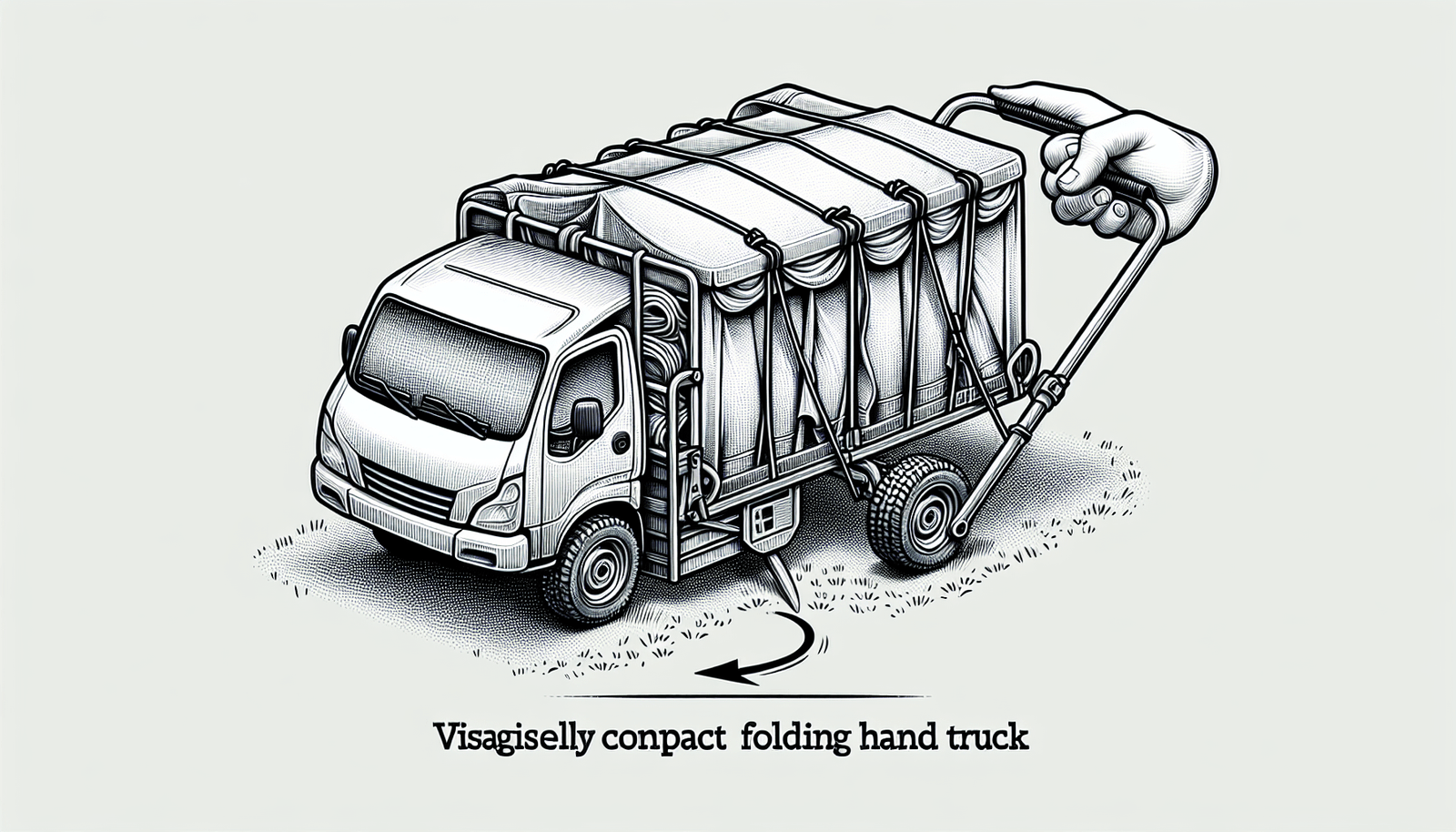When it comes to transporting a canopy tent, there are a few key practices to keep in mind to ensure a smooth journey. From securing the tent properly to avoiding harsh weather conditions, taking the necessary precautions will help protect your investment and make your setup process much easier. Whether you’re heading to a weekend camping trip or setting up for a special event, following these best practices will help ensure your canopy tent arrives safely and in good condition. What are the best practices for transporting a canopy tent?
Introduction
So you’ve got a canopy tent, and you need to transport it to a new location. Whether you’re heading to a camping trip, outdoor event, or simply moving it from one place to another, it’s important to know the best practices for transporting your canopy tent safely and securely. In this article, we’ll discuss everything you need to know to ensure your canopy tent arrives in perfect condition.
Securing the Canopy Tent Properly
Transporting a canopy tent may seem straightforward, but without proper securing and handling, you risk damaging your tent or causing safety hazards.
When you’re transporting your canopy tent, whether it’s in the back of a vehicle, on a trailer, or on the roof, it’s crucial to secure it properly to prevent it from shifting during transit.
Choosing the Right Vehicle
The first step in transporting your canopy tent is selecting the right vehicle for the job. The type and size of the vehicle you choose will largely depend on the size of your canopy tent and the distance you need to travel.
If you have a small canopy tent that can fit inside a car, SUV, or van, you should make sure it is securely fastened in the vehicle to prevent movement. For larger canopy tents, you may need a truck, trailer, or roof rack to transport it safely.
Tips for Choosing the Right Vehicle
- Consider the size and weight of your canopy tent.
- Check the weight capacity and dimensions of the vehicle you plan to use.
- Ensure the vehicle has proper tie-down points for securing the canopy tent.

Securing the Canopy Tent Inside a Vehicle
If you’re transporting a canopy tent inside a vehicle, such as a car, SUV, or van, make sure it is securely fastened and won’t shift during transit. Here are some tips for securing your canopy tent inside a vehicle:
Use Ratchet Straps or Bungee Cords
- Use ratchet straps or bungee cords to secure the canopy tent in place.
- Wrap the straps or cords around the frame of the tent and anchor them to the vehicle’s tie-down points.
- Make sure the straps are tight and secure to prevent any movement.
Lay the Canopy Tent Flat
- If possible, lay the canopy tent flat inside the vehicle to minimize movement.
- Avoid stacking heavy items on top of the tent as this could damage the frame or fabric.
Use Padding
- Use padding, such as blankets or foam pads, to cushion the canopy tent and protect it from scratches or dents.
- Place padding between the tent and any hard surfaces to prevent damage.
Transporting the Canopy Tent on a Roof Rack
If you’re transporting your canopy tent on a roof rack, it’s essential to secure it properly to prevent it from shifting or coming loose during transit. Here are some tips for transporting a canopy tent on a roof rack:
Use Roof Rack Crossbars
- Use roof rack crossbars to provide a stable base for securing the canopy tent.
- Make sure the crossbars are properly installed and tightened to prevent them from moving.
Secure the Canopy Tent with Straps
- Use ratchet straps or tie-down straps to secure the canopy tent to the roof rack.
- Loop the straps around the frame of the tent and anchor them to the roof rack’s tie-down points.
- Tighten the straps to ensure the tent is secure and won’t shift during transit.
Check the Clearance
- Make sure the canopy tent has enough clearance from the vehicle’s roof to avoid contact and damage.
- Check the height of the tent and adjust the roof rack if necessary to provide adequate clearance.

Transporting the Canopy Tent on a Trailer
If you’re transporting a large canopy tent, such as a party or event tent, you may need to use a trailer. Here are some tips for safely transporting a canopy tent on a trailer:
Use a Properly Sized Trailer
- Choose a trailer that is large enough to accommodate the size of your canopy tent.
- Make sure the trailer has a sturdy frame and is in good condition to support the weight of the tent.
Secure the Canopy Tent to the Trailer
- Use ratchet straps or tie-down straps to secure the canopy tent to the trailer.
- Wrap the straps around the frame of the tent and anchor them to the trailer’s tie-down points.
- Ensure the straps are tight and secure to prevent any movement.
Distribute the Weight Evenly
- Distribute the weight of the canopy tent evenly on the trailer to prevent it from shifting or tipping.
- Avoid overloading one side of the trailer, as this could cause stability issues during transit.
Storing the Canopy Tent During Transport
Properly storing your canopy tent during transport is essential to ensure it arrives in excellent condition. Here are some tips for storing your canopy tent during transport:
Clean and Dry the Canopy Tent
- Before transporting your canopy tent, make sure it is clean and dry to prevent mold, mildew, or odors.
- Wipe down the frame and fabric with a damp cloth to remove any dirt, debris, or stains.
Store the Canopy Tent in a Protective Case
- If your canopy tent comes with a carrying bag or case, use it to protect the tent during transport.
- Securely pack the tent in the case to prevent damage to the frame or fabric.
Avoid Extreme Temperatures
- Avoid storing the canopy tent in extreme temperatures, such as intense heat or cold, as this could damage the frame or fabric.
- Store the tent in a cool, dry place to maintain its quality and durability.
Conclusion
Transporting a canopy tent may seem like a simple task, but it requires proper planning and preparation to ensure the tent arrives safely and securely. By following the best practices for transporting your canopy tent, you can protect your investment and enjoy many more outdoor adventures with your canopy tent. Remember to choose the right vehicle, secure the tent properly, and store it carefully during transport. Happy camping!
